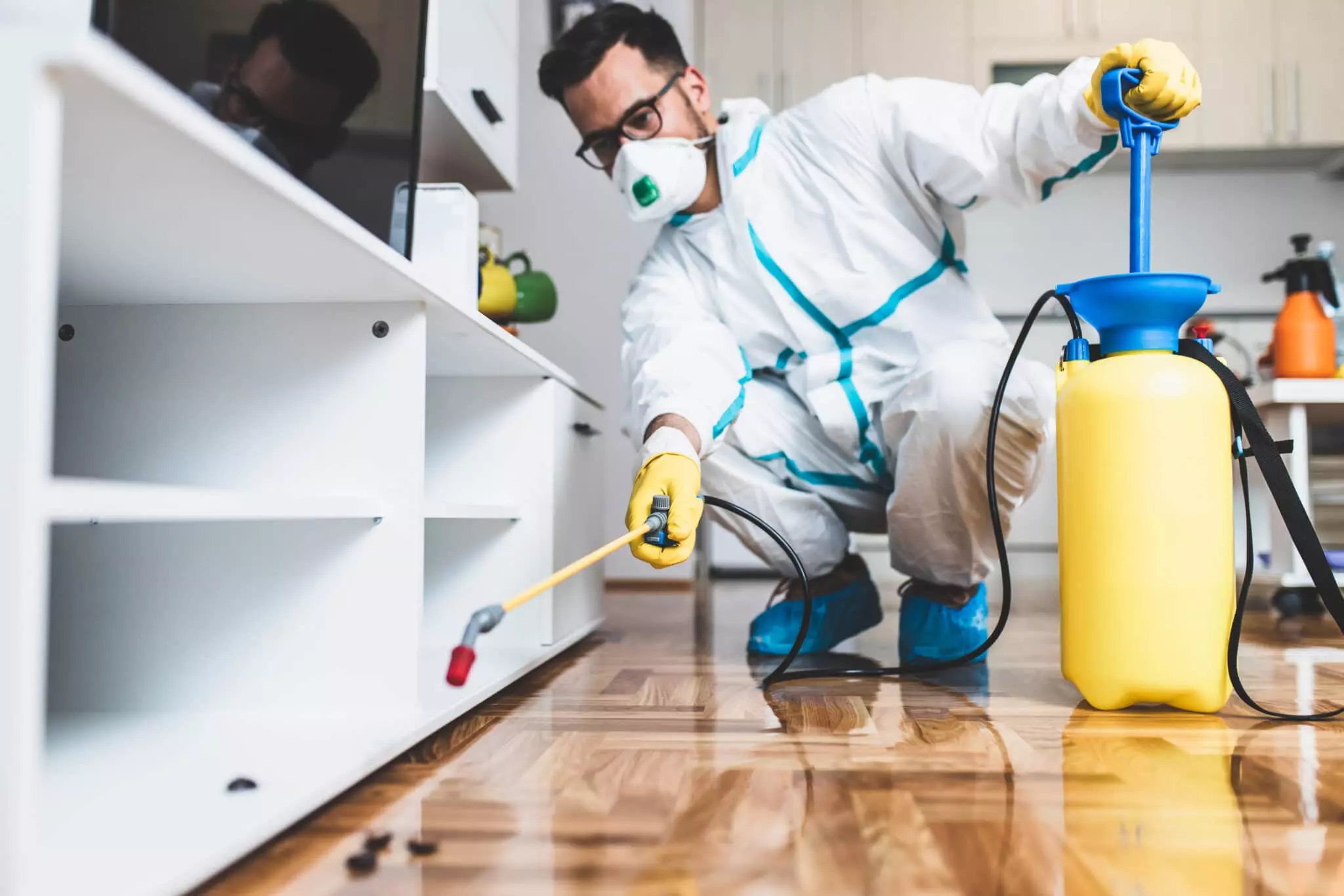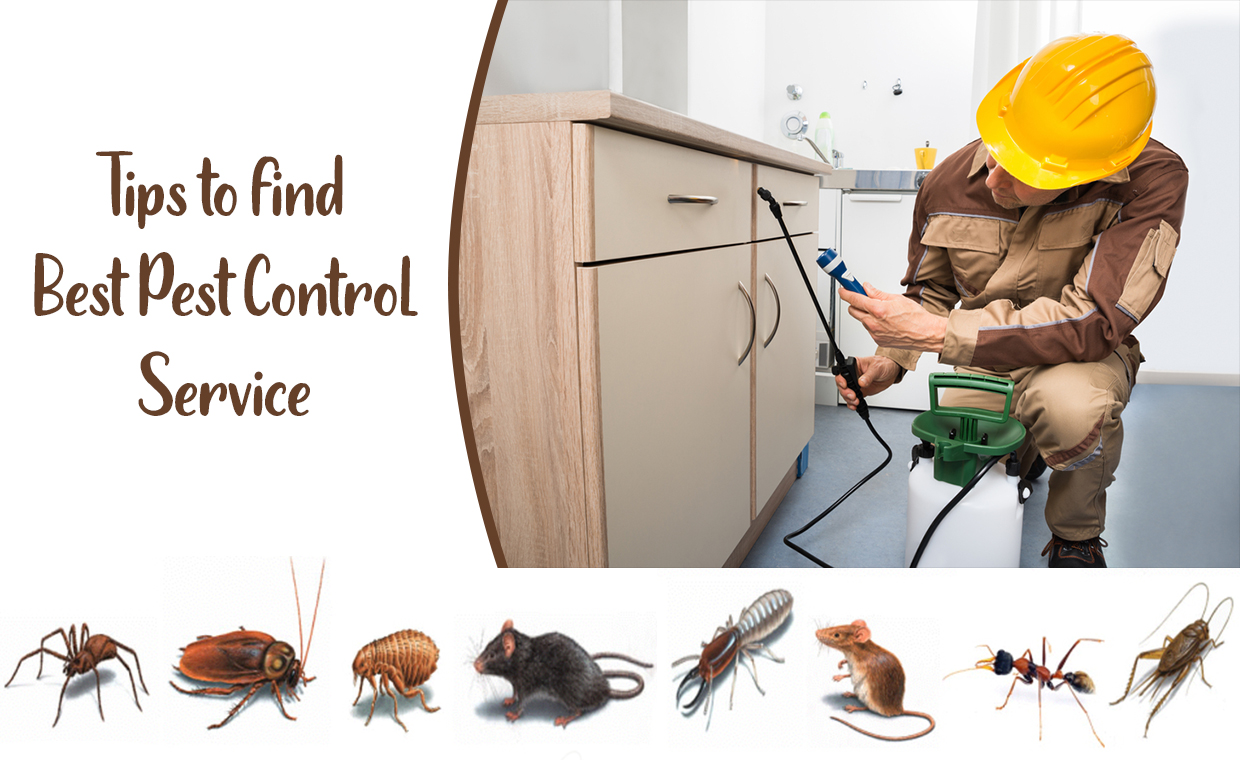Insect Control 101: Identifying Common Pests and Their Effective Therapies
Pest control is a basic facet of keeping a healthy living setting. Common pests like ants, rats, and different pests can position substantial challenges. Comprehending their behaviors and indications of infestation is crucial for efficient management. While chemical solutions exist, there are likewise natural choices worth taking into consideration. As one explores the nuances of pest identification and treatment alternatives, the value of avoidance approaches ends up being significantly obvious. What approaches can absolutely maintain parasites away?
Identifying Ants: Kinds and Their Habitats
Ants, little yet formidable insects, are a diverse group that can be located in numerous settings around the world. There are over 12,000 recognized types, each showing one-of-a-kind habits and adjustments. Common kinds consist of the black garden ant, which thrives in pleasant locations, and the fire ant, known for its agonizing sting, prevalent in warmer areas. Carpenter ants favor moist timber, making them a worry for home owners, while fragrant house ants are attracted to human food resources.
Ants build detailed nests, often below ground, in timber, or within structures. Their habitats vary from forests to metropolitan setups, showcasing their versatility. Most species are social, staying in colonies that can vary in size from a couple of dozen to millions. Recognizing the sort of ant is crucial for reliable pest monitoring, as each varieties has various nesting behaviors and foraging behaviors that affect control strategies. Comprehending their habitats aids in avoidance and therapy initiatives.
Acknowledging Rats: Indications of Problem
Rodents, like ants, can posture substantial obstacles for house owners and services alike. Acknowledging signs of a problem is essential for effective parasite control. Common indications consist of droppings, which are typically discovered near food resources or nesting areas; small, dark pellets that can be mistaken for seeds. Chewed cords, furniture, or packaging might likewise signify a rodent existence, as they continuously gnaw to keep their teeth manageable. Furthermore, property owners could notice gnaw marks on walls or walls. Unpleasant odors, stemming from urine and droppings, can suggest a bigger issue. Scratching or scurrying noises, particularly in the evening, are one more indicator of rodents. Lastly, the presence of nests, commonly composed of shredded products like paper or fabric, can validate an infestation. Resolving these indications quickly can assist minimize damages and stop the spread of diseases connected with rats.
Common Insect Vermin: From Aphids to Termites
Insects represent a diverse group of insects that can create chaos in gardens and homes, with species ranging from little aphids to devastating termites. Aphids are small, sap-sucking bugs that can quickly infest plants, leading to stunted development and distortion. They commonly bring in ants, which shield them from all-natural predators. On the other end of the spectrum, termites are well-known for creating considerable structural damage to wooden frameworks. They eat cellulose found in wood, compromising the honesty of buildings and homes. Other common bug parasites include roaches, which grow in unsanitary conditions, and bedbugs, understood for their bites and difficulty in eradication. Flies, particularly houseflies, can contaminate food and transmit illness, while mosquitoes present wellness dangers via their attacks. Effective parasite management begins with determining these insects and recognizing their behaviors, which is important for avoiding problems and safeguarding both property and wellness.
Reliable Treatments: Chemical and Natural Solutions
While house owners frequently look for prompt alleviation from insect invasions, choosing the best treatment-- whether chemical or all-natural-- needs careful factor to consider of efficiency and safety and security. Chemical options, such as pesticides and chemicals, can supply fast results but commonly carry threats, including prospective injury to environmental worries and non-target types. Homeowners must check out tags, comply with application guidelines, and take into consideration the timing of treatments to decrease dangers.
Conversely, natural options, such as diatomaceous earth, necessary oils, or homemade traps, interest those seeking environmentally friendly options. They may take longer to reveal results, many all-natural therapies are more secure for households with animals and youngsters. Integrated bug administration, which integrates both chemical and all-natural techniques, can additionally be efficient. Ultimately, the option between these therapy types need to align with the extent of the problem, personal values concerning safety and security, and the details pest being targeted
Prevention Approaches: Keeping Your Home Pest-Free

Additionally, correct landscape design can deter parasites; keeping bushes trimmed and getting rid of debris read more from the backyard minimizes concealing locations. Home owners ought to also consider moisture control, as many bugs prosper in damp problems. Fixing leakages and making certain proper water drainage can reduce this danger. Finally, employing all-natural deterrents, such as necessary oils or diatomaceous planet, can produce a negative setting for insects. By applying these techniques, individuals can develop a pest-free home and lower the possibility of future invasions.
Regularly Asked Inquiries
Just how Do I Know if I Have a Pest Problem?
Indicators of a bug problem consist of droppings, nibble marks, nests, or unusual sounds. Observing harmed food or residential or commercial property, in addition to inexplicable rashes or bites, might also show the visibility of bugs in the atmosphere.
Exist Any Kind Of Seasonal Insect Trends to Be Familiar with?

Can Indoor Plants Attract Parasites?
Indoor plants can certainly bring in parasites, as they give an appropriate environment for insects like aphids and spider mites. Pest Control Homestead. Appropriate care and regular evaluation are important to stop problems and keep plant wellness
What Are the Wellness Dangers Related To Insect Infestations?
Pest problems present numerous wellness risks, including allergic reactions, breathing concerns, and the spread of conditions. Direct exposure to pests like insects and rats can lead to infections, attacks, and contamination of food and living settings.
How Usually Should I Evaluate My Home for Parasites?
Routine inspections need to occur at the very least as soon as every season, making certain any kind of indications of insect task are identified early. Property owners may adjust frequency based upon their specific environment and previous pest problems. Uniformity is vital.
Typical parasites like ants, rodents, and different bugs can present substantial challenges. Recognizing the kind of ant is crucial for effective insect administration, as each types has different nesting routines and foraging habits that influence control strategies. While home owners usually look for instant relief from insect infestations, choosing the right therapy-- whether chemical or natural-- needs careful consideration of efficiency and security. Effective insect control prolongs past instant treatments; it likewise involves positive procedures to protect against invasions before they begin. Seasonal parasite patterns frequently include enhanced rodent task in autumn as they seek warmth, while spring usually brings an influx of ants and termites.